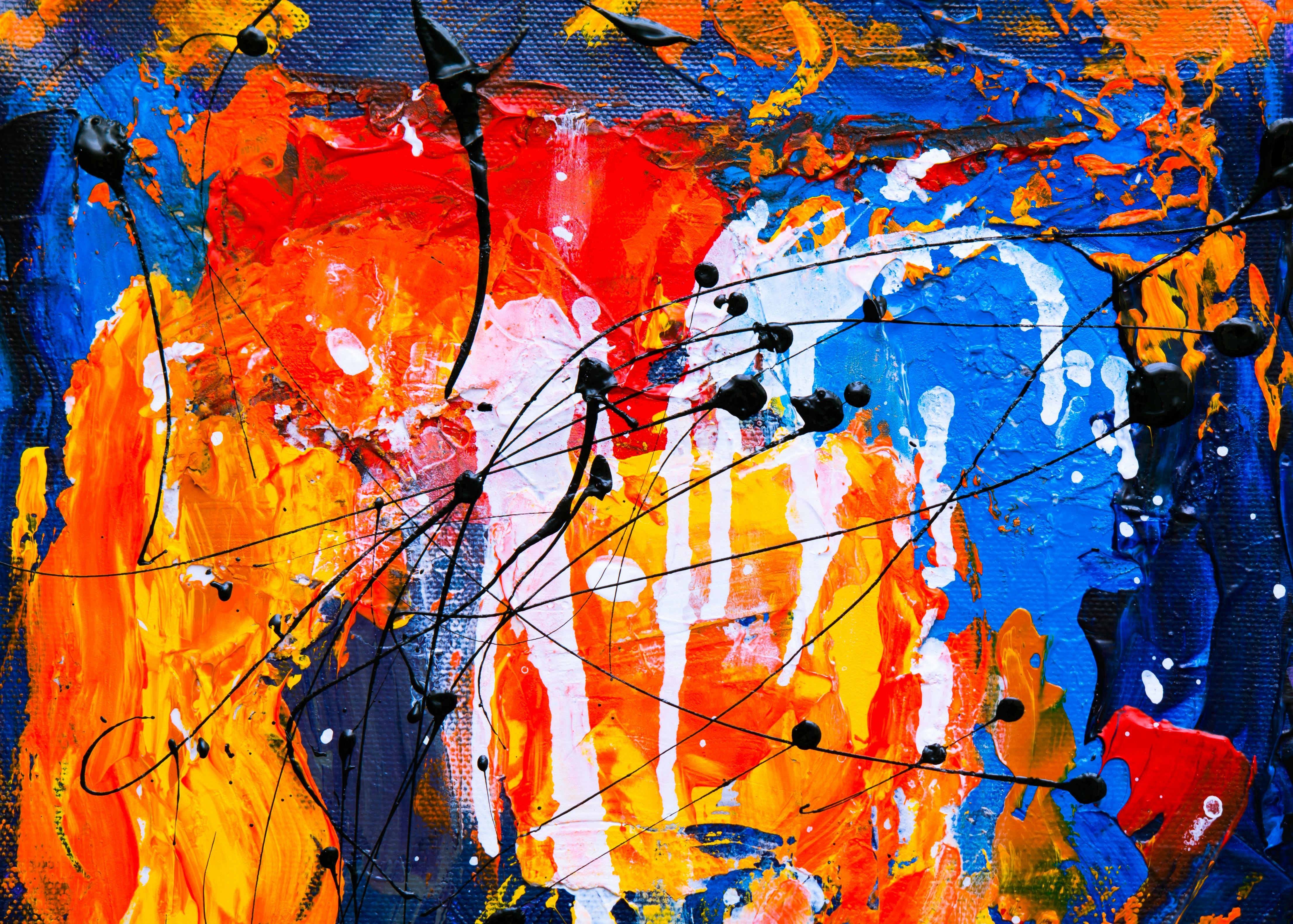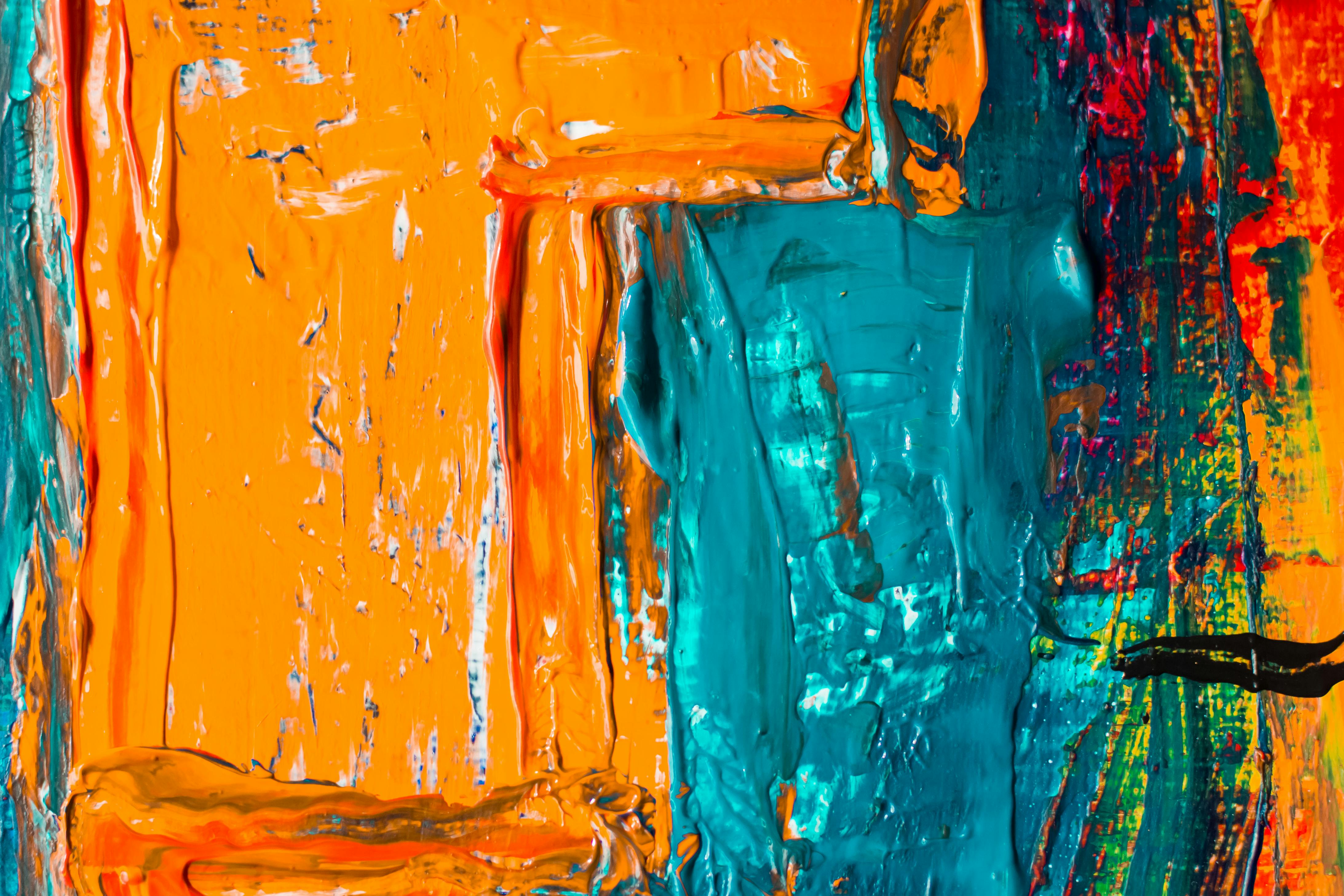Manasa Devi is the goddess of India. It is believed that she is the daughter of Lord Shiva. The story of his birth begins when Lord Shiva became sexually aroused on the banks of the Kalidaha pond, a pond in West Bengal in the city called Rajnagar. It is dedicated to the goddess Kali. Neta Devi is the sister of Manasa Devi. Lord Shiva sent these two goddesses underground where the naga, the serpent beings, live. Hindus worship the Nagas every year during the great Naga festival called Naga Panchami (the five Nagas are worshiped at Nag Panchami).
Neta is closely related to Manasa and both goddesses (serpents) are mentioned in some Indian Puranas and other sources. Both goddesses are related to a woman known as Behula. Behula was an archetypal Bengali woman full of love. She was the daughter-in-law of Chand Saudagar (a wealthy merchant) who refused to worship Manasa Devi. According to an Indian myth, two beautiful apsaras, Usha and Aniruddha, were deceived by Manasa Devi and Neta Devi, and these two apsaras went to earth to be born as mortals, one as Chand’s seventh child, Lakhinder and the other as their son. . (Lakhinder) wife Behula. With their complicated plan, they (Manasa and Neta) already had Chand’s six children killed by snakebite (because he refused to worship them).
The symbol of Manasa is the sun rising over the crescent, but the crescent with the sun embedded in the crescent (not separated from it), the symbol that looks exactly like an eye (you can see it in temples in India and in other places where Manasa has Her devotees). She is often called “the one-eyed goddess”, since Parvati burned one of Her eyes. The Sanskrit word “manasa” means “spiritual”, but it is also closely related to the word Manasarovar (derived from two words: “mana” and “sarovara” – lake, but the name Manasa Sarovara is also used), the lake in al foot of Mount Kailash, the holiest mountain of Shivaism, the Bön religion and Buddhism.
Manasa is mentioned in the Puranas and also in Manasamangal Kavya, the poem belonging to Mangal-Kavya, a group of Bengali (Hindu) religious texts (poems) composed sometimes after the 12th century and later. Manasamangal Kavya is the oldest of them. Some texts dedicated to the celebration of Manasa Devi are also taken from the Brahma Vaivarta Purana, the origin of which is closely associated with the Bengal region (where the worship of Manasa Devi is the strongest in India). The relevant texts are taken from the second part of the Brahma Vaivarta Purana called Prakriti khanda, which deals with goddesses (Shaktis – the manifestations of Prakriti, the basic nature of intelligence on which the universe sits; Prakriti khanda celebrates the greatness of Durga , Lakshmi, Saraswati and Savitri in the creation of the world). These texts are also used to celebrate Manasa Devi. During the Manasa puja ceremony, people bathe the Manasa Devi statues with milk and recite the hymns taken from Prakriti khanda. The poems that people dedicate to Manasa Devi are known as Manasa Mangal in Bengal.
In Chapter 38 (Book 9) of the Devi Bhagavatam Purana it is written: “You must worship Manasa Devi, the giver of all siddhis, on the Samkranti day (when the Sun enters another sign) in each year”; here I can say that this is also the reason why the worship of Manasa Devi is based on the lunar calendar. Naga deities are traditionally associated with the number 5, so worshiping them requires a devotee to dedicate milk / prayer on Friday (fifth day of the week) or the fifth lunar day.
Chapter 48 of Book 9 (Devi Bhagavatam Purana) says: “Now, the radical mantra as stated in the Vedas is ‘Om Hrim Shrim Klim Aim Manasa Devyai Svaha.’ The repetition of this, five billion times, gives success to those who repeat. “
In Book 9 of the Devi Bhagavatam Purana, Chapter 1, the following text is written (beginning with verse 71): “Next comes Manasa Devi, the daughter of Kasyapa. She is the beloved disciple of Shankara (Lord Shiva) and is therefore very learned in the matter of Shastras. She is the daughter of Ananta Deva, the Lord of Serpents and is highly respected by all Nagas. She herself is very beautiful, the Lady of the Nagas, the mother of the Nagas and she is carried by them. She is decorated with ornaments of the Serpents; She is respected by the Nagendras (Lords of the Serpents) and She sleeps in the bed of the Serpents. “
In Chapter 48 (Book 9) of the Devi Bhagavatam Purana it is written: “I meditate on the Devi Manasa, whose color is beautiful like that of the white champaka flower, whose body is adorned with jewels, whose clothes are purified by fire. , whose sacred thread are the Nagas (serpents), who is full of wisdom, who is the main one of the great Jnanins, who is the presiding deity of the Siddhas, who in himself is a Siddha and who grants Siddhis to all “.
The Vedas also contain a reference to the Nagas (snakes), for example the Sama Veda (4.6.13, Sukta 13 – Charm against Snake Poison) says: “I have surrounded the race of snakes”.



